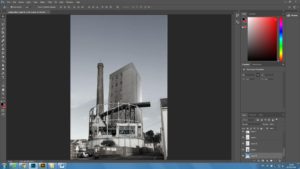Stephen Gill


Stephen Gill, born 1971 in Bristol, is a British experimental, conceptual and documentary photographer. He became interested in photography in his early childhood, thanks to his father and interest in insects and initial obsession with collecting bits of pond life to inspect under his microscope. He has had various collections exhibited in international museums including Tate and The Museum of London.
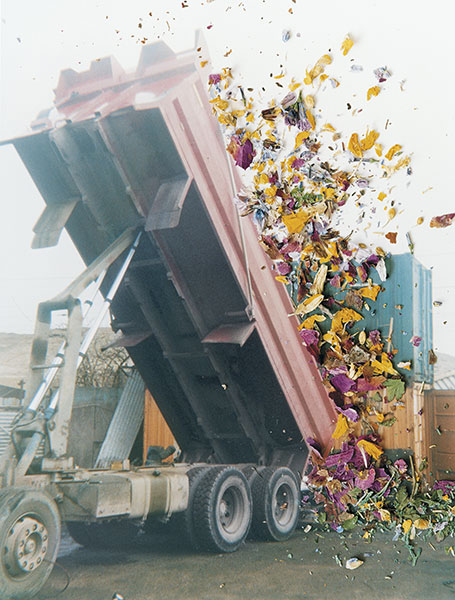

In January 2003 Gill bought a Bakelite 1960s box camera made by Coronet for 50 pence at Hackney Wick Sunday market, near where he lived. The camera had a plastic lens, and it lacked focus and exposure controls.
Over the next four years he had used the camera to photograph within the extremely varied environment of Hackney Wick, including waterways and allotments; and to make portraits of people at the Sunday market and who lived and worked in the area.

My Work
I was inspired by Gill’s combination of natural substances over urban imagery, I wanted to recreate this however could not use the same technique that he had used. Instead, I used an overlay technique where I cut out objects like leaves from one photo and placed it over another.

Like Gill, I took photos of the environment where I live. As I walked through town, I saw this mattress by a bin and decided to take a photo.


I erased the background using the rubber tool in Photoshop and placed the flower overlay where I thought fit.

I added an overall filter in VSCO to make the whole image feel more like one layer.

This second image I took as I liked the formalistic structure of the scaffolding and believed it would stand out as the background of the overlay.




Using this image I found online (https://www.google.je/search?tbs=sbi:AMhZZitqFUZNGbImpARapSKR0peeimG–B4QyEaWnhho-QGOOtu1L6rxbGV-HrKRfNmAYmaj2NT6YhuvSR0d3D6tOT-mdB1slFMy1w1KsKDILTtpxyp9_1-p1XPXZwFSRhy1IGLDbBY3ZK_12yZMt7Jgrb0V8ocpdu9_1J0XephjQXHi13Jo9JlF9rYioXIYSGTbswLfR_1aRRixpklcsBeJtom8zhTqoVATRfc75-DeT8M_1m_1iMyRqapqsOdcAZghwdZoVx0v8t4pq0rX2cKCzW_11Rgz2iyz2DT4m5yVu-8OSJrUYUqtxRvcxAMYp9Yo7b7iYgoKzjCl-qI&btnG=Search%20by%20image&hl=en-JE), It added a dirtier feel to the image demonstrating the importance of nature over a man made structure.




Image Analysis

This image shows different angles, where the scaffolding is being looked up at but the berries are hanging down. This is metaphorical for what may be to come in the future for humankind in that there will be no nature left if we destroy it all to create man made structures.
The berries stand out in a more vibrant colour in contrast to the darker background demonstrating the true importance of nature.
The image as a whole shows elements of formalism, with the lines and structure of the scaffolding and colour of the berries. Combined together, it results in an abstraction with underlying meaning.

I boarded up each of my images separately.



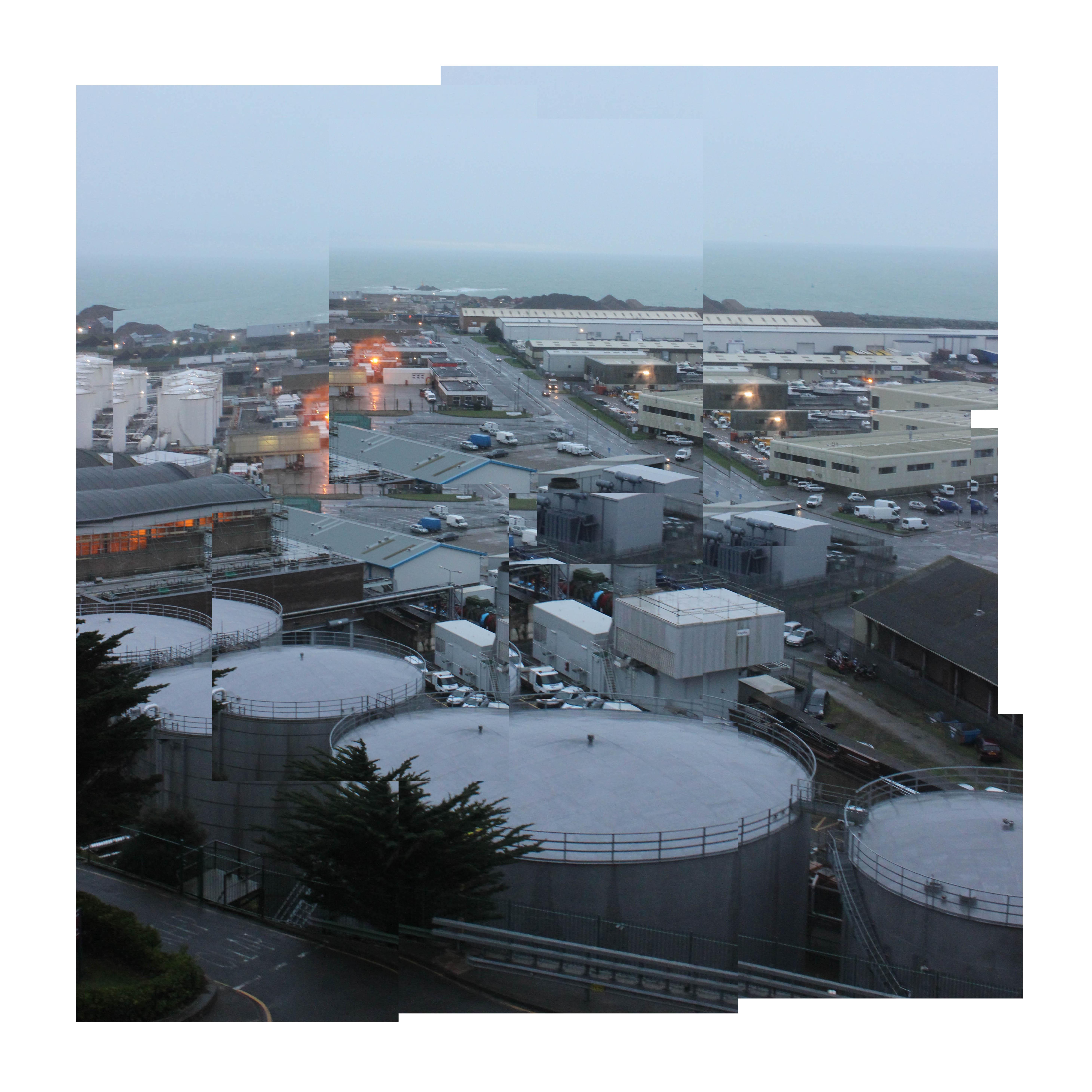

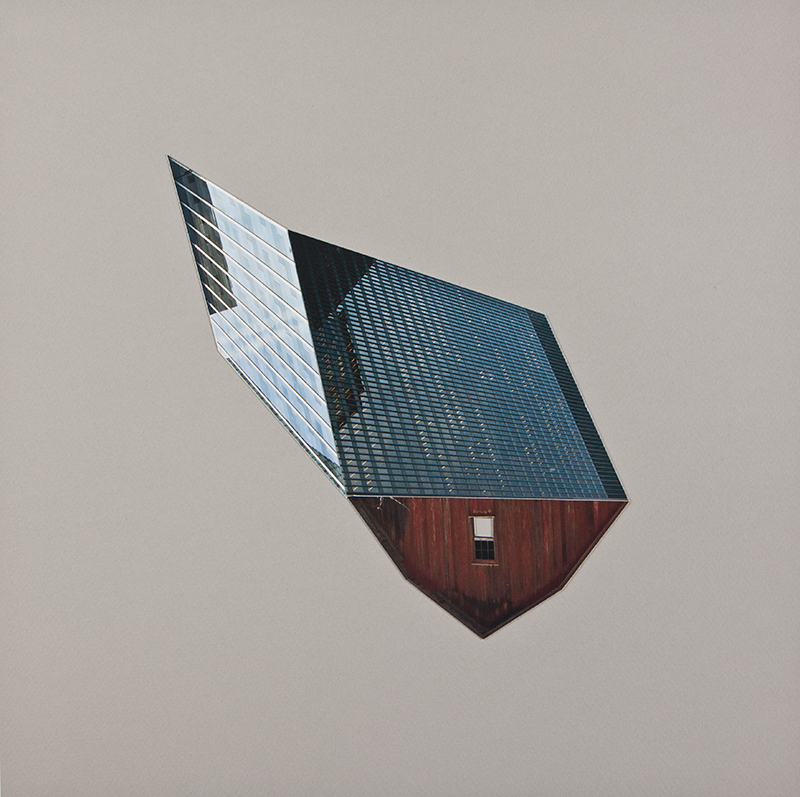
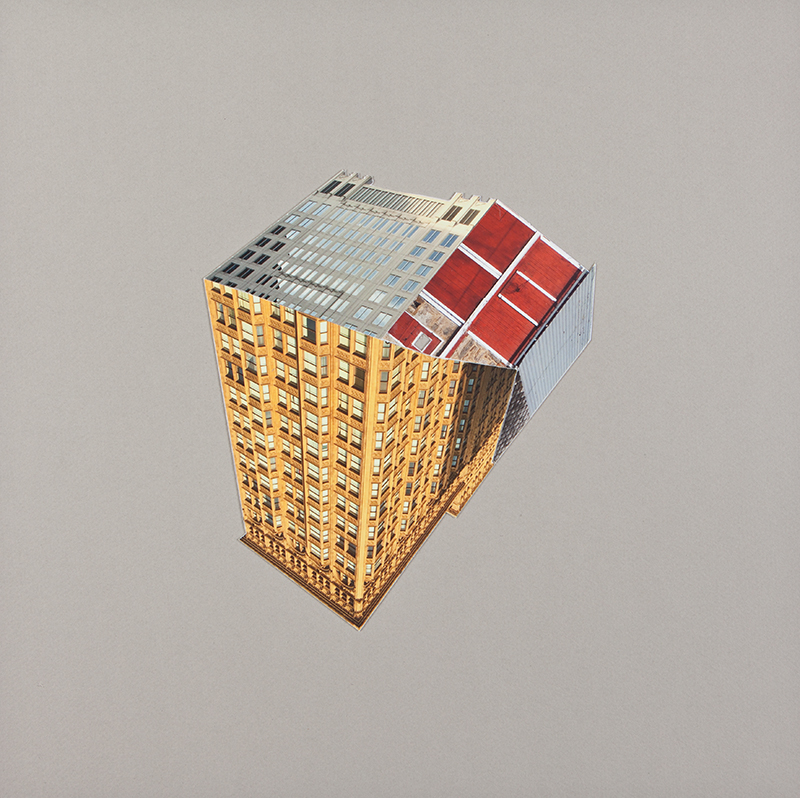

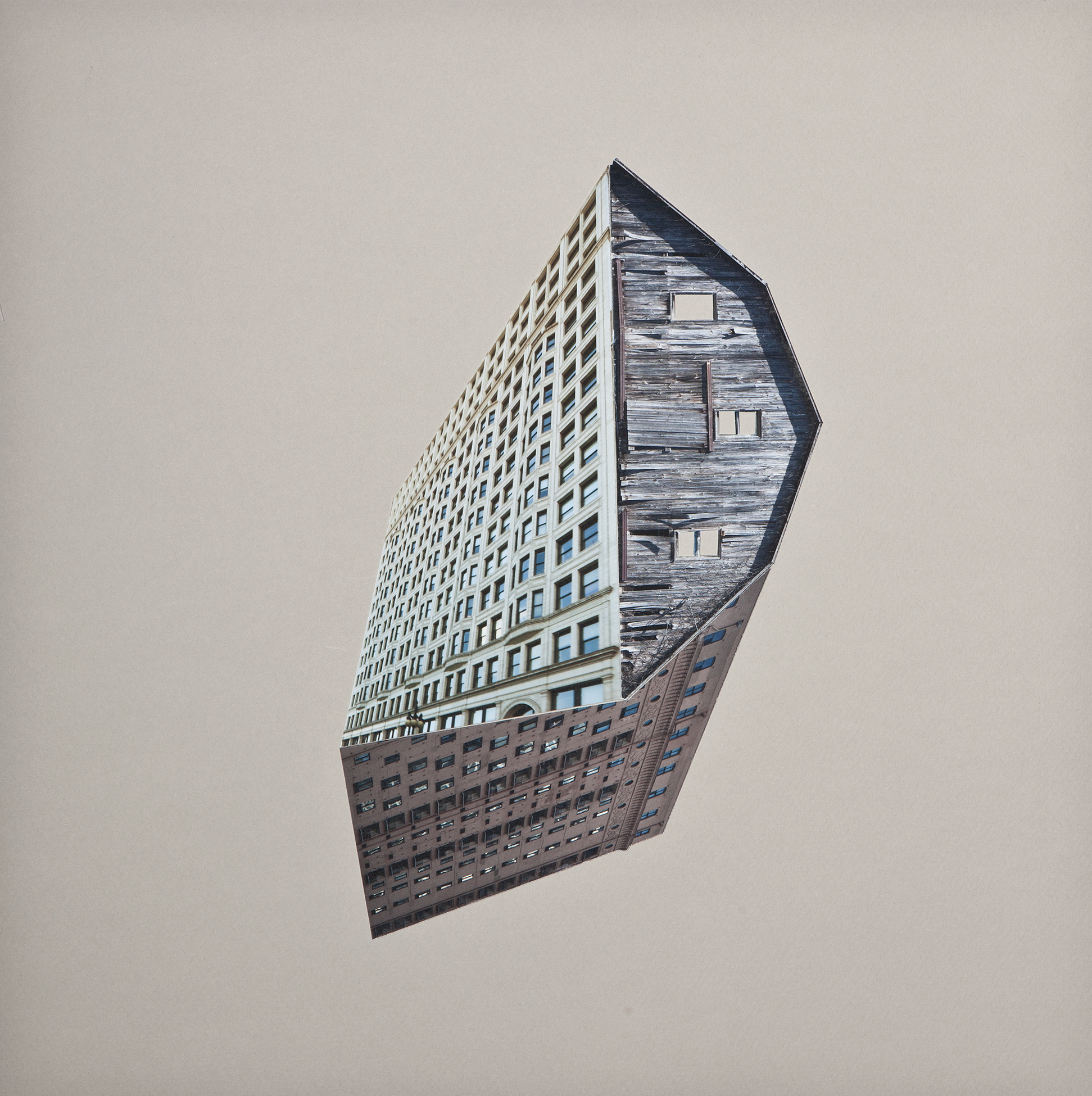







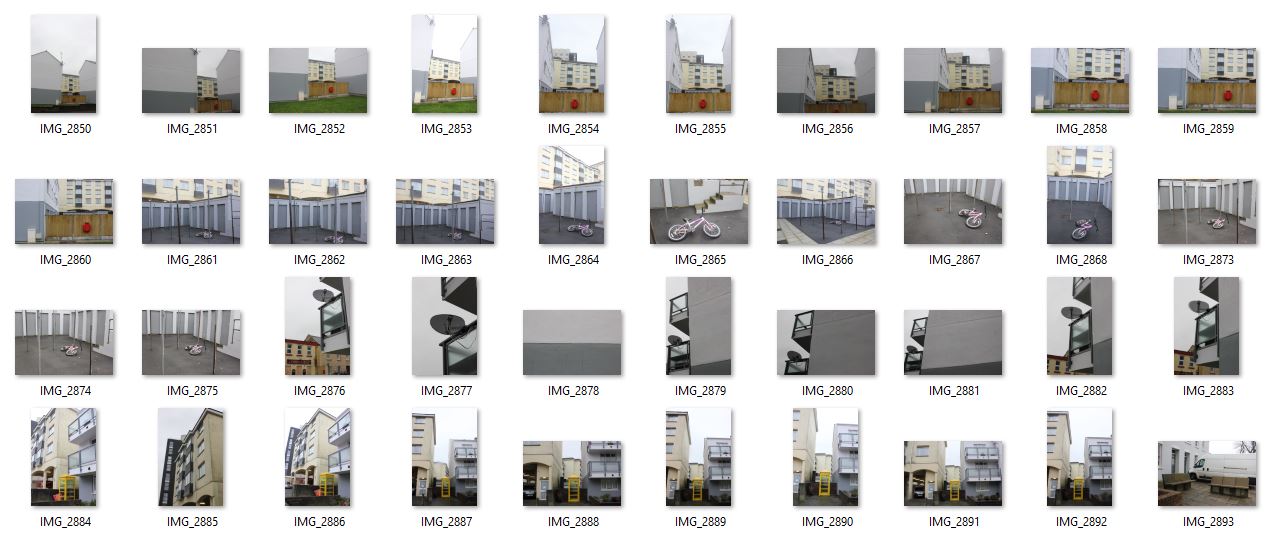





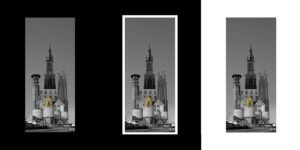
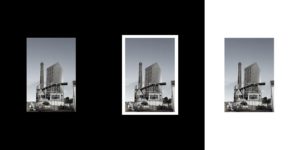
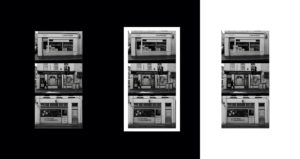 I think my images look best as simple as I can make them and I have decided to go with no boarder so there is complete focus on the image.
My final images -
I think my images look best as simple as I can make them and I have decided to go with no boarder so there is complete focus on the image.
My final images -

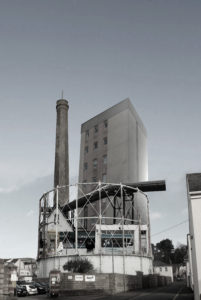 Evaluation - I think I have been successful with my final images, I am particularly happy with my responses to Beomsik Won. The editing was very slow and intricate but it allowed me to compose a landscape the way I wanted to see it, when in photography in general, the composition of a piece is usually done before shooting the image however, I was able to have complete control over my final images. The way in which I was able to create a photograph feels more creative and artistic and I feel I was able to convey work that reflects what I wanted display. During the editing process, I began to think of more ideas and things I could add to my pieces that required me to take more photos. I didn't and I wish I did as I think it would of made my images stronger. Next topic I will take as many pictures as I can that are good quality so I am not short of material.
Evaluation - I think I have been successful with my final images, I am particularly happy with my responses to Beomsik Won. The editing was very slow and intricate but it allowed me to compose a landscape the way I wanted to see it, when in photography in general, the composition of a piece is usually done before shooting the image however, I was able to have complete control over my final images. The way in which I was able to create a photograph feels more creative and artistic and I feel I was able to convey work that reflects what I wanted display. During the editing process, I began to think of more ideas and things I could add to my pieces that required me to take more photos. I didn't and I wish I did as I think it would of made my images stronger. Next topic I will take as many pictures as I can that are good quality so I am not short of material.

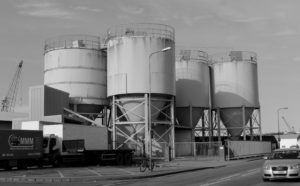
 first I had to cut away pieces of the original image so i could place other images inside, and one by one I cut up objects and buildings from my photos and placed them in the tower.
first I had to cut away pieces of the original image so i could place other images inside, and one by one I cut up objects and buildings from my photos and placed them in the tower.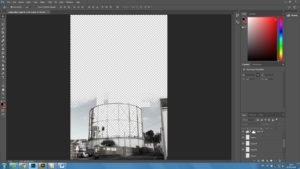

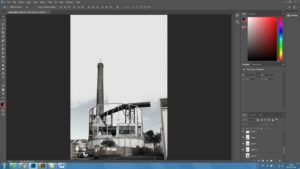 The final edit I had was to add more sky to make it a continuous photo. Using the brush tool to blend another picture of sky I came to my concluded image.
The final edit I had was to add more sky to make it a continuous photo. Using the brush tool to blend another picture of sky I came to my concluded image.